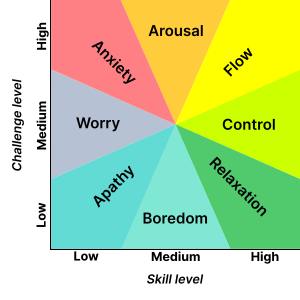Therapy and TrainingWe have recently been delivering our training in combination with residential workshops on the island as standalone experiences. The practice of our style of training can be useful as an experience in various areas of therapy. We have delivered these exercises to both clients and theraputic practitioners.
There are several
directions or themes from which to approach the training which can be
overlayed to address a variety of self investigations where the physical practice and theory of white crane kung fu can be used as a fun , concreate and motivational tool for demonstration. Some of these
themes are expanded below.
These experiences are hand crafted and confidential. For more information or references on the experience please contact me directly on
[email protected].
Solitary -> Partner -> Group
We experience a range of companionship in the training experience. Solitary training through the forms, partner training in the group and also "rounding" in which the partners are continually swapping. These aspects are re-combined when one considers for example being solitary in groups , solitary distinct or solitary unison movements.
Personal Space and Comfort Zones
Being overly protective or rigid about our protection zones leaves as as defensively floundering as being overly collapsed. Rather the zone in which we can relax and be responsive to the conversation is the zone in which we have maximum natural strength. In this we are defining our base as being the place to which we are always seeking to return and draw others into.
Giving ,Recieving , Resistance and Change
In partner work there is no connection without resistance. Using the Dan Tien ( physical centre ) as a base point, and the limbs as transmission points we illustrate the necessity for resistance as a connecting medium. Intrusion or Extension can resisted unto a point at which we have to be flexible.
Flow
The experience of learning , extending and recombining initially complex partner work maps almost perfectly on the FLOW model of
Csíkszentmihályi Mihály the we known hungarian psychologist.
As a retrospective analysis of the workshop it provides a simple entry point of discussion for the participants.
Linking with the Dominance , Submission and Conversational Disconnect, we can replace the "challenge level" on the traditional flow model diagram opposite with a the skill level of the second practitioner and subsequently the group.
Direction / Misdirection
In goal driven partner work it is not always possible or desirable to take the most direct route. A circular start can help a direct line, and a direct line can help a circular goal. The body as a inter-connected system can be played for effect. These aspects can be taken into the mental.
Dominance, Submission and Conversational Disconnect
The conversation of partner work requires an equal level of engagement. Either dominance or submission results in a practice disconnect where the conversation is broken. This is exactly as if arguing with a child and using language that they do not understand. The end result is neither an improvement of the experience of the child , nor of the adult. The game of conversation is to establish a common language from which we can move to debate, thesis, antithesis and finally synthesis or harmony.
Inertial and Momentum
There are different techniques for overcoming inertia and maintaining momentum - to generate a self feeding process and enabling the universal force ( gravity ) to power us.
Play
Above all we Play kung fu but not in a reductive or trivial way, just in the way that it can illustrate the playfulness within one another. We use kung fu to illuminate other systems, and use other systems to illuminate kung fu. Centro Zangaku

